Review of the best according to the editorial board. On the selection criteria. This material is subjective and does not constitute advertising and does not serve as a purchase guide. Before buying, you need to consult with a specialist.
Gold is quite rightly considered one of the best vehicles for increasing capital. For many years, this precious metal has symbolized reliability: it is in gold equivalent that the world's leading analysts advise companies and individuals to hold 25% of the investment portfolio. Some of the countries are of the same opinion, some are not. Our rating includes states that remember that precious metals are highly liquid regardless of government guarantees and can boast of their impressive volume.
About the gold reserve
What is the essence of the gold and foreign exchange reserve? First of all, it is intended to provide the national currency with a proper value, equal to a certain amount of valuable metal. By buying or selling gold, you can achieve the optimal rate of the country's internal currency on the world market. The gold and foreign exchange reserve is a real “safety cushion”, reserves for a “rainy day” and the higher they are, the more stable the level of the state's economy will be.
Previously, the central banks of most countries relied on the sale of gold, but over the past 10 years the situation has changed dramatically: today they have become buyers. Moreover, the activity in the issue of buying gold on the world market is growing at a rapid pace. In 2017-2018, the volume of yellow metal purchased by countries increased by almost a third.
Leaders in terms of gold and foreign exchange reserves
In recent years, global debt has been growing relentlessly, stimulating the central banks of many countries to be careful with precious metals: most governments prefer to conserve their own gold reserves and even increase them. Below are ten of the most enterprising and frugal countries in the world.
| Nomination | a place | Country | gold reserves |
| Leaders in terms of gold and foreign exchange reserves | 10 | Netherlands | 612.5 tons |
| 9 | India | 618.2 tons | |
| 8 | Japan | 765.2 tons | |
| 7 | Switzerland | 1040 tons | |
| 6 | China | 1936.5 tons | |
| 5 | Russia | 2219.2 tons | |
| 4 | France | 2436 tons | |
| 3 | Italy | 2451.8 tons | |
| 2 | Germany | 3366.8 tons | |
| 1 | USA | 8133.5 tons |
Netherlands
Rating: 4.1
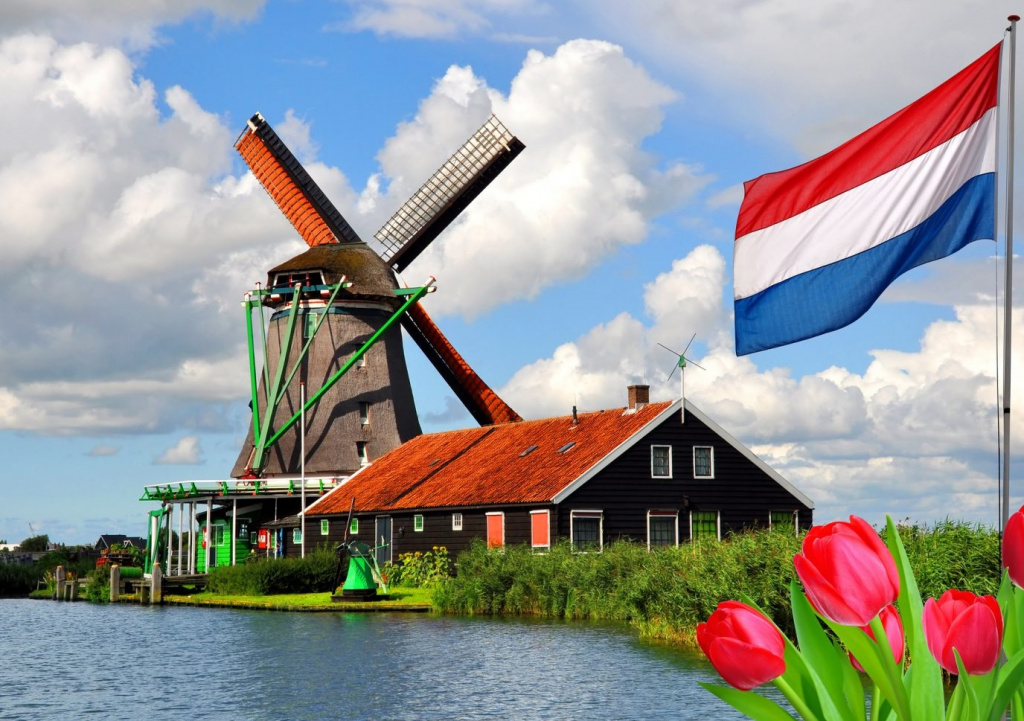
- Gold volumes: 612.5 tons
- International reserves: 68.2%
Since 2014, the Netherlands has initiated the process of repatriating a significant part of its gold and foreign exchange reserves from American vaults. The spokesman commented on this decision very simply, saying that it would be unreasonable to leave more than half of our own gold reserves in a foreign country, especially since the period of the Cold War had passed many years ago. According to the Dutch government, this will help to distribute gold and foreign exchange resources in a more balanced way.
Not so long ago, the Central Bank of the Netherlands made a controversial decision in the opinion of many to transport the gold and foreign exchange reserve from the capital to the suburbs, citing the need to reduce the cost of ensuring the safety of valuable foreign exchange reserves. Such actions seem rather strange against the background of the recently completed repatriation of a significant part of the Dutch gold from American vaults.
India
Rating: 4.2
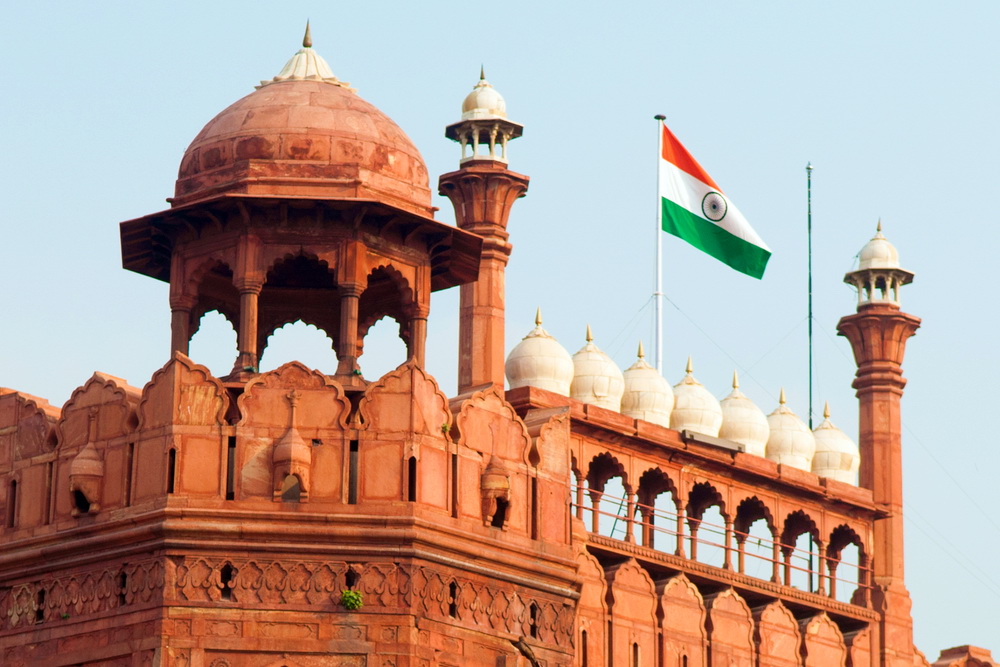
- Gold volumes: 618.2 tons
- International reserves: 5.5%
In recent years, there has been a clear downward trend in the growth of the world economy. Emerging economies did not fail to take advantage of this. India was among them. Its reserve bank has one of the largest storage facilities for precious metals in the world. True, the volume of the “reserves” themselves do not yet allow it to rise higher in the ranking of the richest countries in gold.
The South Asian state is considered not only one of the leaders in the world in terms of population, but also one of the leaders in the amount of consumed precious metal. India is the unconditional guarantor of the global demand for gold.
True, since 2018, the demand for this metal among Indians has gradually decreased, which is not least due to the fall of the country's national currency. The Bank of Switzerland also predicts further weakening of the Indian rupee, linking this with high oil prices. The fact is that India is 100% dependent on imported oil raw materials: it is a net importer.
Interesting fact: the wedding and festival season, which takes place in India from October to December, is still a significant event for the international gold market.
Japan
Rating: 4.3

- Gold volumes: 765.2 tons
- International reserves: 2.5%
Among all the countries included in the rating, it is Japan that has the lowest percentage of gold in total foreign exchange reserves. The country has the 3rd largest economy in the world, and always adheres to a 'soft' position in relation to the gold and foreign exchange reserve and economic policy in relation to other countries.
Over the past few years, the country's central bank has strictly adhered to a loyal supply program for precious metal holders: starting in 2016, interest rates on gold were lowered to a record below zero, which led to an incredible increase in demand for the yellow metal not only in the country itself, but also Worldwide. By the way, the share of Japan in the total volume of the world's gold reserves has increased rapidly over the past 15 years, having managed to reach a maximum of 5.2% in 2018.
Switzerland
Rating: 4.4

- Gold volumes: 1040 tons
- International reserves: 5.3%
Although it ranks only 7th in the ranking of gold and foreign exchange “giants”, the volume of its valuable reserves is colossal, given the size of the population and the modest territory of the state. Switzerland is the leader in the amount of gold reserves per capita.
During the Second World War, the state steadfastly maintained neutrality, pursuing a loyal policy towards all participants in the war. As a result, the country became the European gold trading center. In recent years, the “course” of the Swiss government has changed somewhat: the country sells precious metals mainly to China and Hong Kong.
It is noteworthy that Switzerland is no less zealous about the storage of its own gold reserves than the leader of the rating – the USA, perhaps even slightly paranoid. In the event of an atomic explosion and any other world catastrophes, the Federal Council of the country decided to build a bunker in the mountains, where the yellow precious metal is being transported to this day.
China
Rating: 4.5

- Gold volumes: 1936.5 tons
- International reserves: 2.4%
The Celestial Empire is considered the undisputed leader of East Asia in terms of the amount of available gold and foreign exchange reserves, but in the world ranking it reached only 6th place, which is not surprising, since the country stores only a small part of its huge foreign exchange reserves in gold equivalent.
Official information on monthly Chinese gold purchases was made public for the first time just a few years ago – in 2009. It is noteworthy that for almost the entire period of the Bretton Woods system (up to 1976) there was no gold reserve in the country. Starting in the 2000s, China's gold reserves began to skyrocket, peaking in 2015, with no decline to date.
In 2018-2019, China surprised many by showing a very active interest in buying precious metals, starting a real 'campaign' to buy valuable currency. It is noteworthy that with relatively average volumes of gold reserves, China is the largest gold producer in the world.
Russia
Rating: 4.6
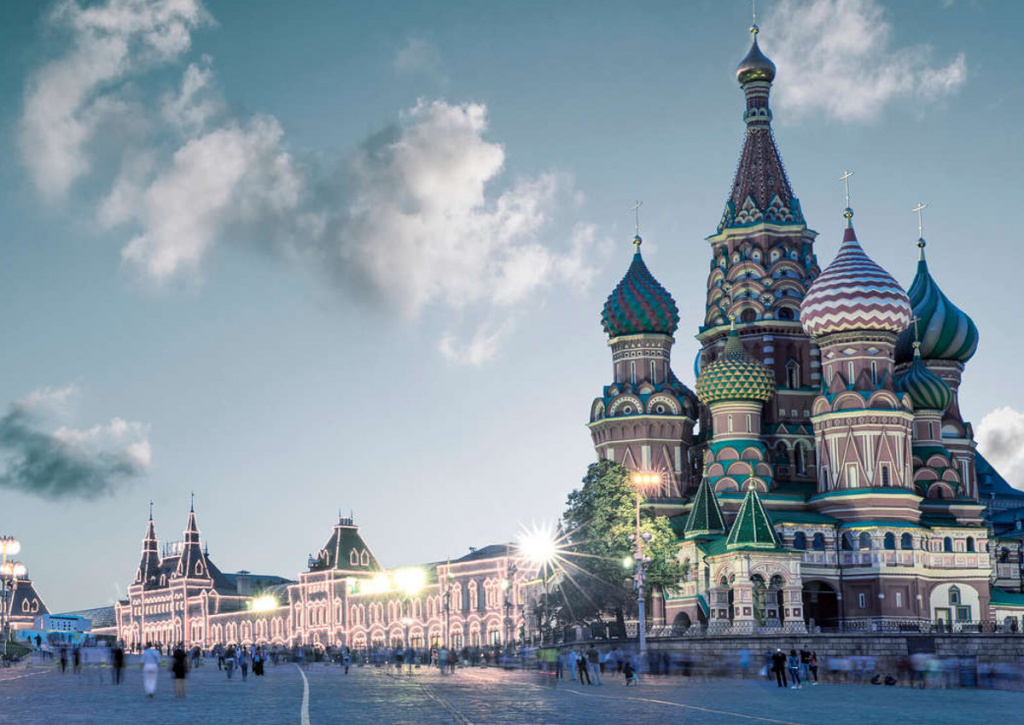
- Gold volumes: 2,219.2 tons
- International reserves: 17.6%
The country occupies a leading position among the CIS member states: Russia undoubtedly dominates in terms of the amount of national gold in its reserves. Thanks to the extraction of this metal, the country annually increases its precious reserves. In terms of gold mining, Russia managed to come out on top in the world, yielding primacy only to China. The average growth of gold reserves every year increases by an average of 220 tons.
In 2017, the country bought 224 tons of the precious metal, seeking to weaken the influence of the American dollar, which became negative due to deteriorating relations with the Western countries and the United States after the accession of the Crimean Peninsula to Russia (2014). Unfortunately, the country had to resort to extreme measures to make this purchase, selling a significant portion of the American Treasuries.
Over the past 5 years, the country's Central Bank has been considered the largest buyer of Russian gold. As of 2019, Russia was able to overtake China in terms of the amount of available gold and foreign exchange reserves.
France
Rating: 4.7
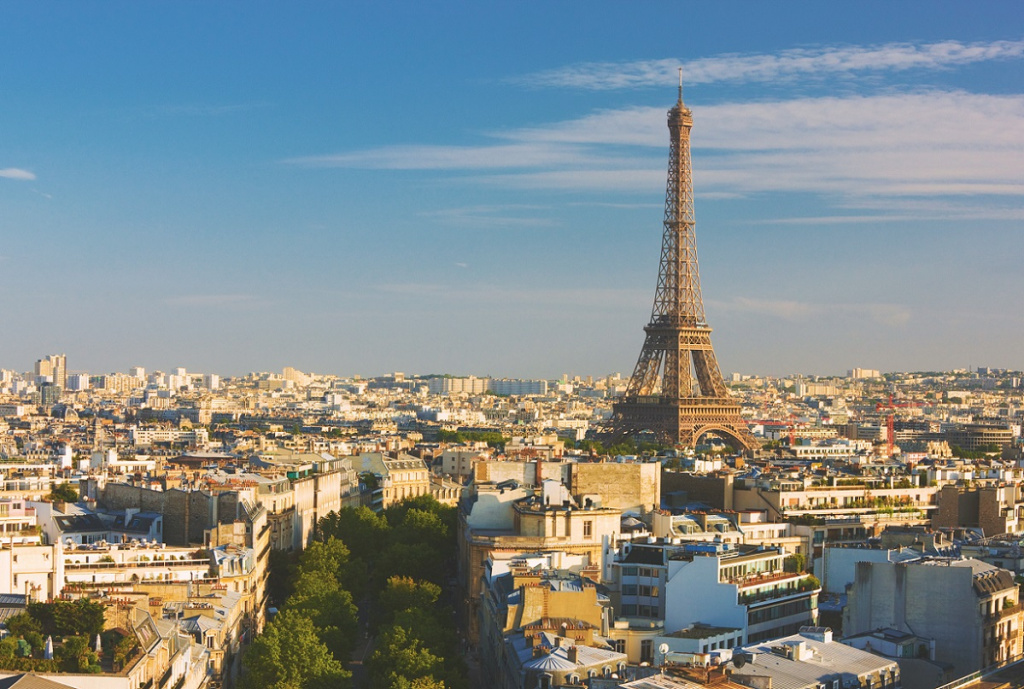
- Gold volumes: 2,436 tons
- International reserves: 63.9%
A year before the end of World War II, France, among others, became a party to the Bretton Woods Agreement, according to which the dollar became the main international currency for settlements and storage of reserves. The state currency exchange rate gradually strengthened in the following years. But over time, which, however, was inevitable, the dollar became the predominant currency in international settlements, and not only in France: the European reserve of green bills was growing at a powerful pace.
This situation negatively affected the state of the franc and other European currencies. Charles de Gaulle's advisor – Jacques Rueff – was a supporter of strengthening the position of gold in foreign exchange transactions. In 1960, he put forward a proposal to exchange a significant dollar reserve for gold. In just a couple of years, the volume of gold and foreign exchange reserves increased from 73% to 86%. By 1965, the valuable reserve reached 4400 tons. In total, about $ 874 million were exchanged for gold bars.
A remarkable fact: unlike most European powers, France insisted on returning the gold reserve to its homeland. The bars were hastily exported outside the United States. As for the past few years, the French government has been very careful about its own gold and foreign exchange reserves, refusing to sell the precious metal in large quantities. Marie le Pen, a prominent politician, insists today not only on freezing the sale of the French yellow metal, but also on returning all gold reserves to their homeland.
Italy
Rating: 4.8
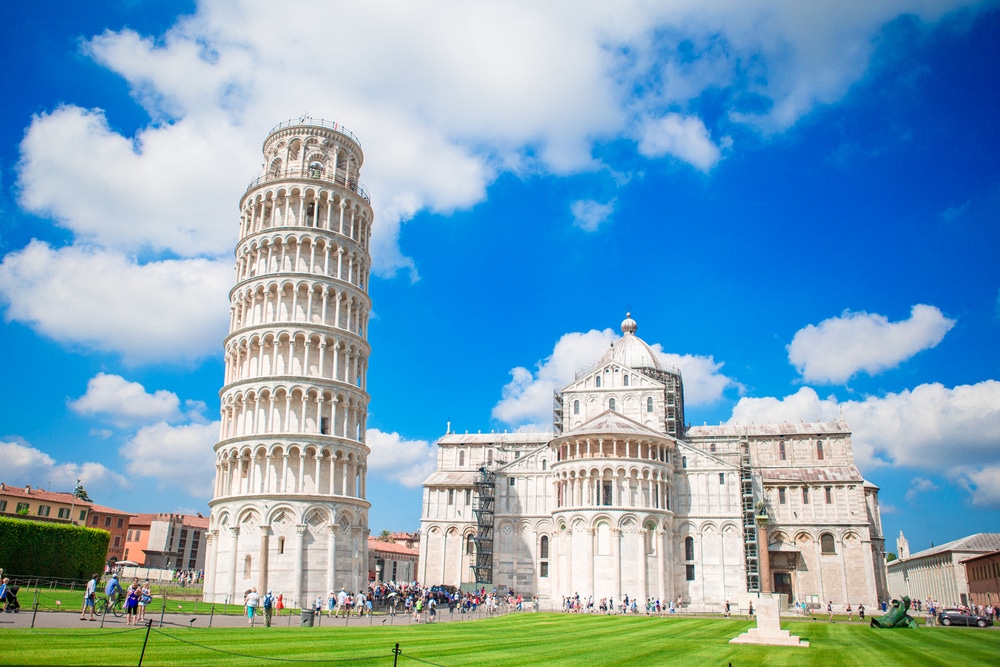
- Gold volumes: 2,451.8 tons
- International reserves: 67.9%
Italy is in 3rd place of honor among countries with a large gold and foreign exchange reserve. According to the Central Bank, about half of the gold reserves are located in the state, another 25% (600 tons) – in the US Reserve Bank. The Swiss National Bank stores about 120 tons of Italian gold and very little (12 tons) is safely hidden in the British Bank.
Over the past few years, the country has managed not only to preserve, but also to increase its gold and foreign exchange reserve: not the least role in this was played by the active support of the President of the European Central Bank – Mario Draghi. When the former head of the National Bank of Italy was asked how much the precious metal is in the portfolio of the state bank, he replied that gold serves as a reliable protector against dollar fluctuations.
Germany
Rating: 4.9

- Gold volumes: 3366.8 tons
- International reserves: 70.6%
Although Germany ranks only second in the ranking of countries with the largest gold reserves, it is a clear leader among European countries. In 2017, Germany successfully completed the lengthy and painstaking repatriation of German precious metals from French and American national banks: 674 tons of gold returned to their homeland.
The country made the first attempts to create its own gold and foreign exchange reserve back in 1951, when there was a sharp jump in the world economy. The peak of this process was observed in 1968: during that period, the volume of Germany's gold and foreign exchange reserves reached 4,000 tons. For several years the country has been very active in the market, buying up gold on the London, Paris and New York stock exchanges.
Back in 2013, Germany's gold reserves were largely outside its borders (the country's Central Bank had only about 31%). And in the same year, the German government initiated the process of exporting gold from storage facilities abroad. As a result, the percentage of valuable reserves stored in Germany increased to 48%. Every year about 5 tons of gold are used for minting coins. No other operations are performed.
USA
Rating: 5.0

- Gold volumes: 8133.5 tons
- International reserves: 75.2%
The United States has held the lead in terms of the amount of available gold reserves for several years. The amount of the American yellow metal is the sum of the reserves of the three previous countries. In addition, the United States has the largest amount of foreign reserves.
During the Bretton Woods Agreement (1944-1976), there was a fixed exchange rate and a rigid price for gold. The US government in those years used the precious metal to strengthen the dollar, which led to a decrease in the valuable reserve.
The country's gold reserves are stored in 4 locations: Fort Knox (56%), West Point (21%), the Mint (18%), and the Federal Reserve Bank (5%). In addition to its gold, the United States also holds some reserves of 50 other countries.
During the Great Depression, a decree was issued on the nationalization of gold: all citizens (regardless of whether they are individuals or legal entities) were obliged to surrender their gold. The price was $ 20.66 per ounce of metal. After the completion of the confiscation process, the price of the metal rose to $ 35.
Attention! This rating is subjective and does not constitute an advertisement and does not serve as a purchase guide. Before buying, you need to consult with a specialist.








